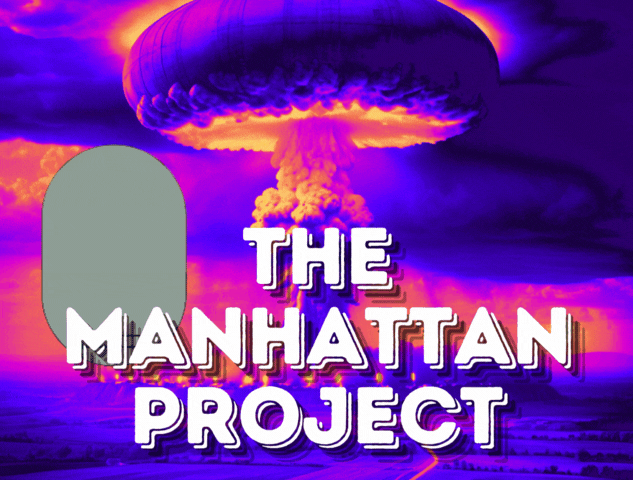Recent Posts
Newsletter
Subscribe to our newsletter to get our latest update & news consenter
Subscribe to our newsletter to get our latest update & news consenter

The Manhattan Project was a top-secret U.S. government research and development program during World War II that aimed to develop the first nuclear weapons. Initiated in 1939 and formally established in 1942, the project was a pivotal effort that led to the creation of atomic bombs and had profound implications for the course of the war and global geopolitics.
Objective: The objective of the Manhattan Project was to develop nuclear weapons, specifically atomic bombs, to end World War II and gain a strategic advantage over Axis powers. The project aimed to harness nuclear fission to create powerful explosives.
Methods: The project involved extensive research into nuclear physics, engineering, and materials science. It utilized large-scale industrial production facilities to produce fissile materials like uranium-235 and plutonium-239. Key methods included isotope separation, plutonium production, and bomb design.
Participants: The Manhattan Project involved thousands of scientists, engineers, and military personnel. Notable figures included J. Robert Oppenheimer (Scientific Director), General Leslie Groves (Military Director), and key scientists such as Enrico Fermi, Richard Feynman, and Niels Bohr.
Key Organizations Involved:
Los Alamos Laboratory: Located in New Mexico, this facility was the primary site for bomb design and assembly. J. Robert Oppenheimer served as the scientific director of the laboratory.
Oak Ridge, Tennessee: This site was responsible for uranium enrichment. It housed massive facilities for isotope separation, including the Y-12 plant.
Hanford, Washington: The Hanford site was dedicated to plutonium production. It included reactors and chemical processing plants to produce plutonium-239.
Additional Key Individuals and Organizations Involved:
Implications of The Manhattan Project:
Nuclear Arms Race: The project marked the beginning of the nuclear arms race during the Cold War, leading to the development and stockpiling of nuclear weapons by various countries.
Scientific and Technological Advancements: The project led to advancements in nuclear physics, engineering, and computing. It also paved the way for further research in nuclear energy and medical applications of radiation.
Global Geopolitics: The development of nuclear weapons shifted global power dynamics and led to the establishment of international treaties and organizations aimed at controlling nuclear proliferation.
Risks Associated:
Health Risks: Participants were exposed to radiation and hazardous materials, leading to potential long-term health effects, including cancer and radiation sickness.
Ethical Concerns: The use of atomic bombs on Hiroshima and Nagasaki raised significant ethical issues regarding civilian casualties and the moral implications of nuclear warfare.
Additional Risks:
Secrecy and Isolation: The project’s secrecy meant that many workers and scientists were unaware of the full implications of their work, potentially leading to psychological and ethical dilemmas.
Environmental Impact: The production and testing of nuclear weapons caused environmental contamination, including radioactive fallout in areas surrounding test sites.
Blogs:
Resources: